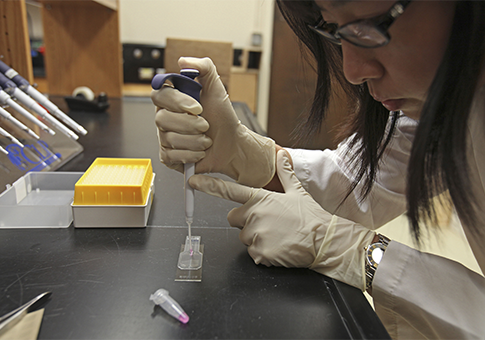The House Committee on Energy and Commerce Tuesday morning demanded answers for the many shortfalls of the BioWatch system, a bioterrorism surveillance program used to detect large-scale biological attacks.
Dr. Michael Walter of the Department of Homeland Security and Dr. Toby Merlin, from the Center for Disease Control and Prevention, defended the program and rejected claims by the Los Angeles Times that BioWatch has only provided "false positives" in the past and the program is useless.
Walter and Merlin said Generation 3 sensors would allow BioWatch to analyze air samples directly, thus cutting down overall costs of the program. This is opposed to the labor-intensive requirements of Generation 2, which requires a technician to manually remove samples from the filters in various urban areas.
Ranking member Henry Waxman (D., Calif.) questioned Walter and Merlin on the failed deployment of the Generation 2.5 equipment. Generation 2.5 was supposed to be a "pilot program" used as a bridge to the inclusion of the automated Generation 3 sensors.
Walter stated that he could not speak to the failed Generation 2.5 equipment because it was "before my time."
"It's like being told that the salesman that frauded you isn't here anymore ... you're the head of the program you ought to know what happened," Waxman said.
BioWatch was deployed after the anthrax attacks of 2001 when the Bush administration believed that a state-sponsored bioattack was a clear and present danger to the security of the United States.
However, in the past decade that threat has been mitigated and experts believe that a small-scale attack by non-state entities is more likely to occur.
Rep. Diana Degette (D., Colo.) inquired if BioWatch was necessary if these large scales attacks were "less likely."
Walter responded by stating that even if the threat was diminished it still exists.
BioWatch's lifecycle cost analysis spans 20 years and is estimated to cost over $5 billion. The program is vulnerable due to sequester-mandated budget cuts, with many questioning its necessity after 10 years of bad press and no clear ability to properly assess biological attacks.
